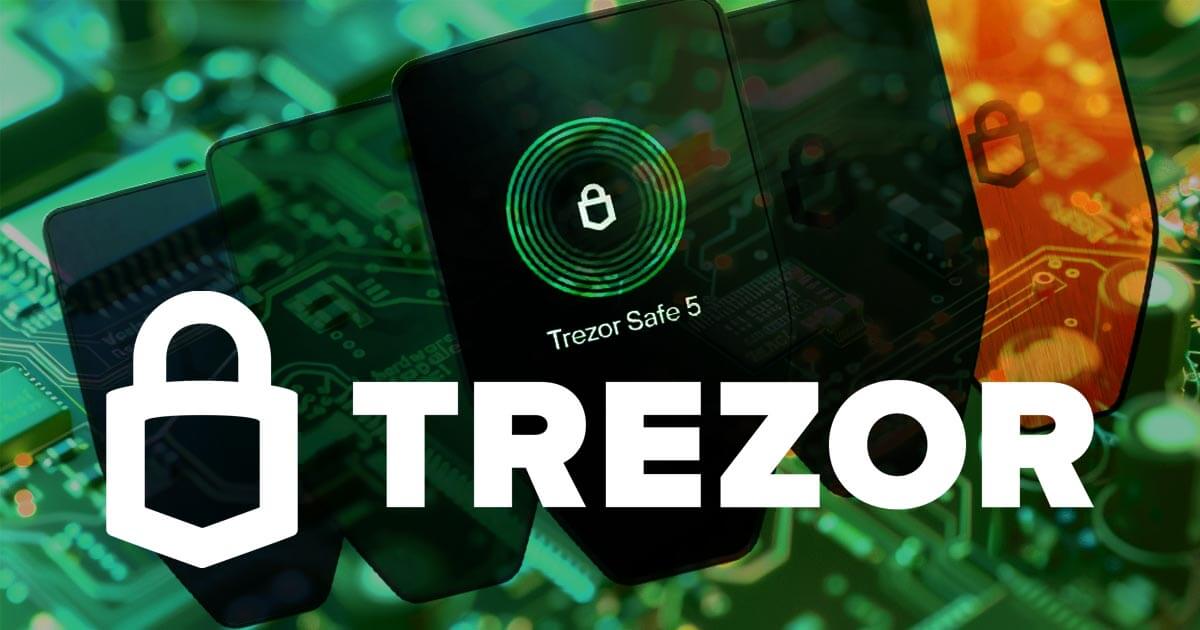Trezor Login: The Complete 2025 Beginner Guide
Master your crypto security with Trezor login, setup, and safe-access best practices. A deeply detailed, beginner-friendly guide.
Introduction: Why “Trezor Login” Matters
In the world of cryptocurrency, safeguarding your digital wealth is just as important as holding it. Trezor—a globally trusted hardware wallet—brings unmatched protection by storing your private keys offline. But with great security comes great responsibility, and understanding the Trezor login process is the foundation of keeping your crypto assets untouchable.
Whether you're exploring blockchain wallets, private key security, cold storage, or simply want complete control of your crypto, learning how Trezor initializes, verifies, and protects access will elevate your crypto literacy instantly.
How Trezor Login Works
The Trezor login experience is not like signing into a regular website. Instead, it is a secure device-authentication process. When you “log in,” you’re actually verifying your device through the Trezor Suite application. Everything sensitive—especially your private keys—remains locked inside the hardware wallet itself.
Important:
Trezor never asks for your recovery seed online. Any site requesting your 12/24-word phrase during “login” is a scam.
Step-by-Step: Trezor Login & Initial Setup
Before you can log into your Trezor Suite dashboard, your device needs to be set up properly. Below is a beautifully simplified guide that even complete beginners can follow.
Step 1: Connect Your Trezor
Plug your Trezor Model One or Model T into your computer using the official cable. Wait for the boot screen to appear.
Step 2: Open Trezor Suite
Download the desktop version of Trezor Suite from the official Trezor website (never from third-party sources). Launch it and allow the app to detect your device.
Step 3: Create a PIN
Your PIN is the first line of defense. Every login attempt requires it. Choose something both unique and memorable.
Step 4: Secure Your Recovery Seed
Write the 12/24-word recovery phrase on paper—never digitally. This phrase restores your wallet if the device is lost or damaged.
Step 5: Confirm Your Trezor Login
Whenever you open Trezor Suite, confirm your identity on the device screen and enter your PIN. This completes your login.
Trezor Login vs. Software Wallet Login: Quick Comparison
Security Best Practices for Trezor Login
A hardware wallet is only as safe as the person using it. Enhance your Trezor login security with these essential rules:
- Always verify the website or app you're interacting with.
- Never type your recovery phrase into a computer or phone.
- Enable passphrase protection for advanced security.
- Keep firmware updated to patch security vulnerabilities.
- Physically secure your Trezor from theft or damage.
Frequently Asked Questions
No. Without physical access to the device and your PIN, login is impossible.
You need internet to use Trezor Suite fully, but your private keys never touch the web.
You can restore your wallet using the recovery seed on a new Trezor.
Final Thoughts: Mastering Trezor Login
Trezor login isn’t just a process—it’s a ritual of protecting your autonomy in the digital economy. By pairing physical verification with robust PIN entry and secure seed storage, Trezor ensures that your crypto portfolio is shielded from hackers, malware, and phishing attempts.
If you want true ownership of your Bitcoin, Ethereum, or altcoins, mastering the Trezor login flow is your first major step toward becoming your own bank.
